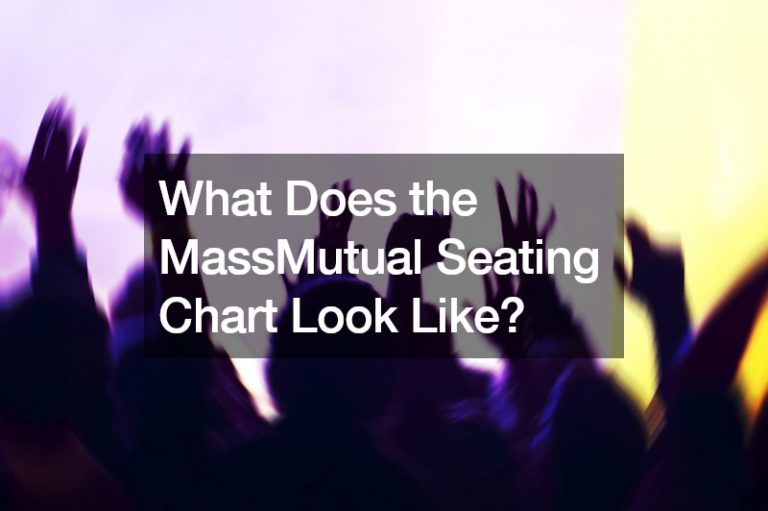Data and information are very vital in the world we live in today. Most businesses rely heavily on these two and come up with business and marketing strategies based on them.
But most people don’t like looking at numbers and statistics that are plainly laid out on paper, even if the information is bulleted. This is pretty understandable because human beings, at least most of us, are stimulated visually. A lot of us process information and data easier if they are presented in a visual manner.
Enter Infographics
When infographics were first used, they were widely received because they presented data in a fresh way. A lot of companies started producing them to spread information and awareness beyond the boardroom. All of a sudden, almost everyone started using them to communicate vital information. Infographics covered any topic worth discussing, from sales charts and company performances to important facts about the Atlantic Ocean.
However, it came to the point that they were so overused that the market became oversaturated with infographics as almost each and every marketer used and published them. It got to the point sometime in late 2016 that most publishers and journalists turned them down and no longer covered them.
Infographics became a thing of the past. But does it really mean that it’s outdated and irrelevant? Not if you use it properly.
Why Use Infographics?
A lot of campaigns can still benefit from infographics as a tool to visually present data and tell a story. Here are some of the ways infographics can benefit people today:
1. They easily catch people’s attention
People love data, figures, statistics, and numbers. Between a lengthy written information-laden material and a graphically-designed infographic, which one would initially catch and retain your attention? In most cases, people would go for the latter. Why? Because we have a natural tendency to lean into things that stimulate our senses.
That being said, infographics are perfect for compiling data in a simple, easily-digestible format that almost anyone can follow. Not only will people appreciate the way that the data is presented but infographics also add to your credibility and help establish you as a subject matter expert.
2. The human brain processes visuals better than text
Several studies show that the human brain processes visual information 60,000 times faster. This is why 80% of consumers readily engage in visual content. For this reason, companies and individuals who put out more visual content get 94% more visits and hits.

3. They are a great way to visually tell stories
One of the reasons why infographics became outdated and gained a certain level of notoriety is they were primarily used by marketers to land links. Understand that publishers, journalists, and consumers are after stories and important data and not just to land links. Infographics have such great potential to tell compelling stories visually.
4. They are easy to understand and digest
Since infographics contain visual cues, they make it easier for audiences to have a better understanding of the materials being presented. Not everyone has the time to read through a lengthy presentation. Infographics make it easy for folks to take in and digest information in a fraction of the time.
5. They are linkable
We’ve talked about how infographics gained notoriety and “outlived” their usefulness because marketers used them for landing links. But no matter how you look at it, linking to them is still effective as long as the main intention for linking to them is really to present data and information and not just to get hits, clicks, and views.
6. They are great for SEO
Since infographics are easier to understand, people find it a lot better to share online. And since it’s more shareable compared to other sources of information, it’s bound to get more clicks, likes, and shares, which leads to Google indexing your website a lot higher. This ranks your website higher in Google’s search engine, especially if the shares, likes, and clicks keep coming.
7. They help increase sales and performance
Other than just a tool for information dissemination, infographics are also great for increasing a company’s sales and performance. Instead of writing everything down, you can entice customers with well-thought-out graphics where all they need to know about your products and services and the reasons why they should choose you over the competition are presented visually.
Really, the key to getting the most out of infographics for your campaign, whether it’s for marketing purposes or personal advocacy, is utilizing it properly. With any tool, the proper use gets the best results. Anything beyond that will only leave one flustered and frustrated.







